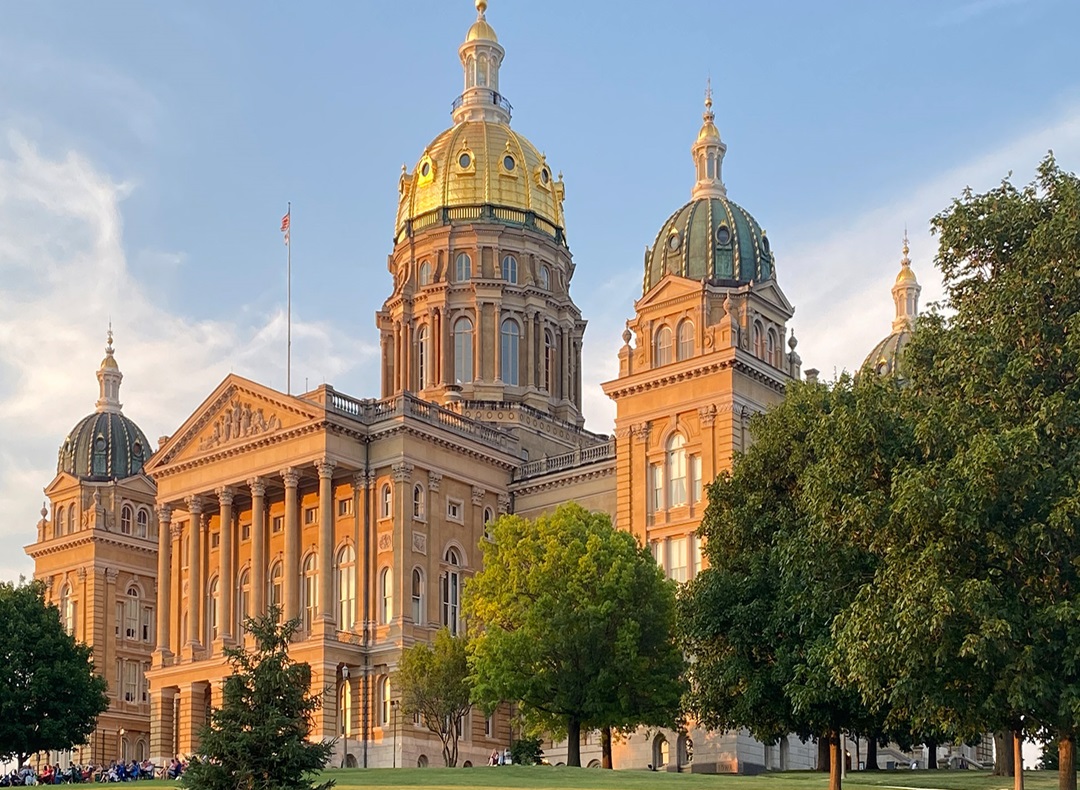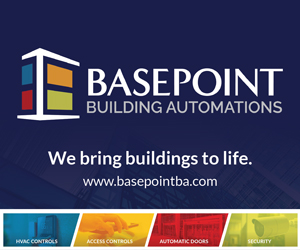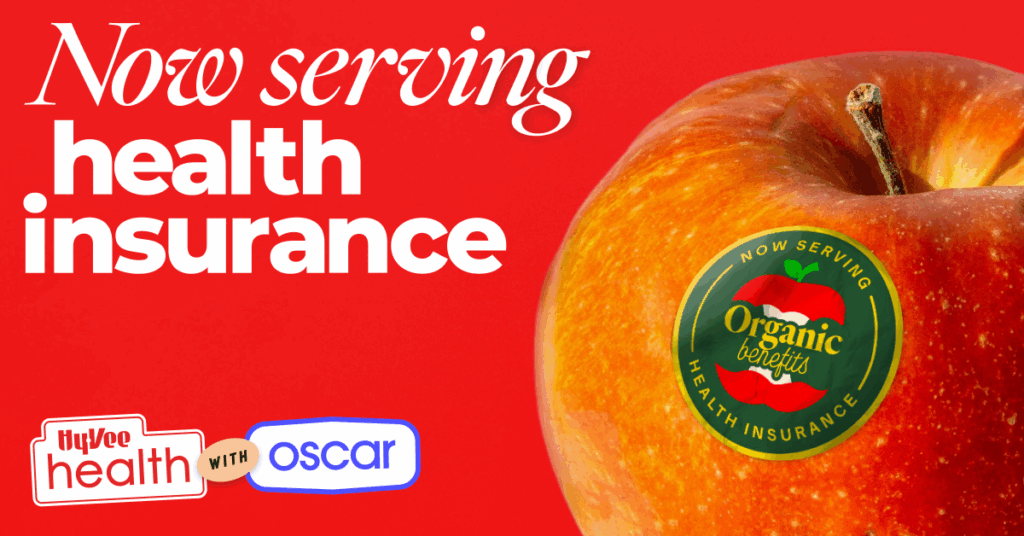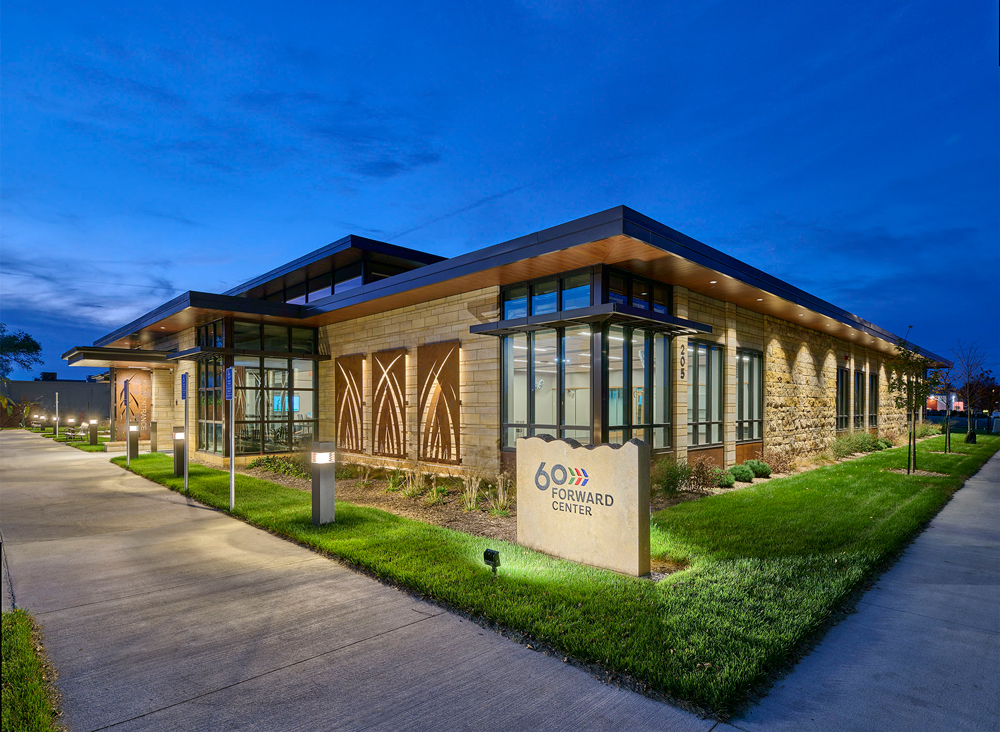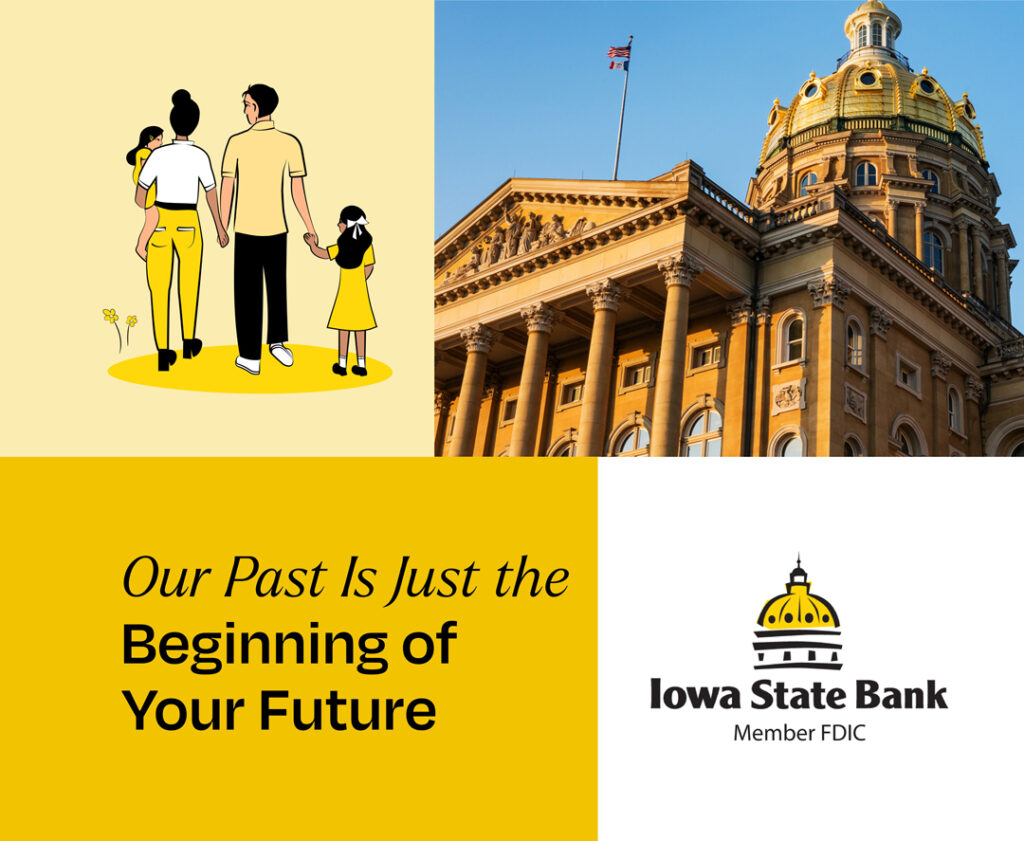Connected government is the future. The right technology partner can help get us there.
SPONSORED CONTENT
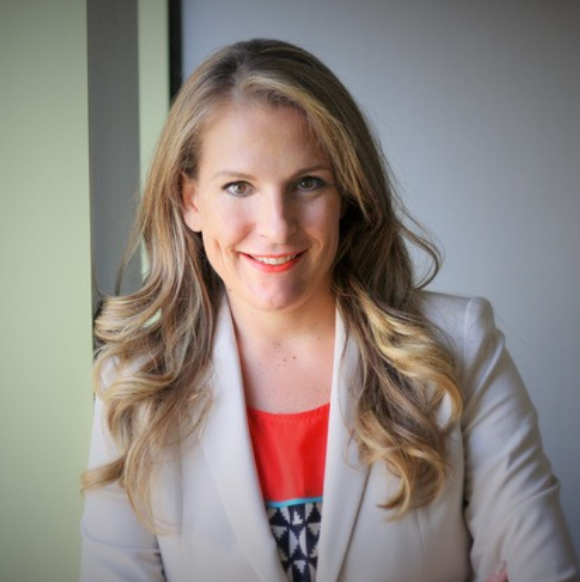
Presented by Carmen Easley, General Manager, Tyler Iowa
Across the country, government agencies are facing increasing demands to modernize systems, improve service delivery, and demonstrate greater fiscal responsibility. Meeting those demands isn’t just about implementing more technology; it’s about connecting the right systems, the right teams, and the right strategies to serve people better.
Delivering services productively, securely, and seamlessly requires connected technology, coordinated planning, and partners who align innovation with public service. Since 2020, Tyler Technologies has been a strategic partner in helping Iowa achieve these goals.
In Iowa, Tyler’s local team collaborates with more than 260 state and local government agencies, implementing digital solutions that support a more unified, data-driven approach to governance. These tools streamline agency operations, improve resident access, and strengthen engagement at every level.
Government leaders nationwide are now prioritizing bold transformation agendas: centralizing IT operations, shifting to cloud-based infrastructure, adopting artificial intelligence, and revamping procurement strategies to meet the evolving needs of their communities. But success in this landscape doesn’t hinge solely on adopting modern tools. It depends on how well those tools work together to unlock real-world results.
From AI to access: innovation at scale
Indiana recently demonstrated what’s possible when technology is thoughtfully applied. In 2025, the state launched “Ask Indiana,” an AI-powered resident assistant developed in partnership with Tyler. Available 24/7 on IN.gov, the tool uses natural language processing to help residents easily access information on services such as vehicle registration, license renewals, education, and health.
By bridging agency silos and connecting disparate systems, “Ask Indiana” empowers residents to find answers in real time without navigating multiple departments or waiting in line. At the same time, it frees up internal resources, allowing government staff to focus on more complex tasks. As a beta tool, “Ask Indiana” offers a model for responsible AI use in public service, setting a tone of transparency, accessibility, and continuous improvement.
Public safety: a unified approach
Iowa recently selected Tyler to deliver its Enterprise Public Safety suite, including computer-aided dispatch (CAD), law enforcement records, and analytics solutions. This cloud-hosted system will allow Iowa’s Department of Public Safety to coordinate multi-jurisdictional dispatch, update and manage warrants and records more seamlessly, and share real-time data across agencies. This marks the eighth statewide deployment of the Enterprise Public Safety suite, underscoring Tyler’s national leadership in helping public safety agencies work together and share data across jurisdictions.
Public safety transformation is a perfect example of what connected government looks like in practice: a digital ecosystem where data sharing, cloud-hosted tools, and streamlined workflows converge to protect communities and support frontline personnel.
Strategic resource allocation: the role of Priority Based Budgeting
Another core pillar of connected government is financial strategy. Governments need tools not only to manage funds but also to apply them where they matter most. That’s where Tyler’s Priority Based Budgeting (PBB) solution plays a transformative role.
PBB enables government leaders to align resources with programs that deliver the highest impact. Instead of relying on across-the-board cuts or arbitrary freezes, agencies can identify which programs are mandated, which are underperforming, and what can be optimized. With built-in AI and data visualization, PBB also boosts transparency, allowing stakeholders to see how every dollar is spent and what outcomes are being achieved.
For example, one Wisconsin county used PBB to reconfigure its parks and recreation department budget, transitioning low-priority services to fee-based models and reallocating general funds to more essential areas. The result was a self-sustaining department with broader community reach and stronger fiscal resilience.
Empowering transformation, together
Governments are increasingly embracing Tyler’s Connected Communities vision, a strategic framework for breaking down silos across departments, agencies, and even jurisdictions. Whether linking courts with public safety or integrating permitting, licensing, and payment systems, this approach builds a foundation for smarter, more resilient operations.
Unified payment platforms are a key component of that vision, not only improving revenue collection, enhancing security, and streamlining workflows, but also enabling governments to more accurately predict cash flow. Tyler’s end-to-end payment solutions empower agencies to make faster, better-informed decisions about how to serve their communities.
Of course, none of this works without trust, and trust depends on security. That’s why Tyler also delivers cybersecurity services that protect sensitive data, guard against evolving threats, and maintain operational continuity. As digital transformation accelerates, secure-by-design technology becomes a non-negotiable foundation.
A connected future starts here
Empowering states and localities to meet the complex needs of their communities requires more than software. It takes deep public sector expertise, proven results, and a partner who can integrate seamlessly into the business of government.
When it comes to empowering connected states for connected communities, Tyler is the one partner who can do it all, bringing the tools, insights, and commitment that today’s governments need to lead with confidence.
To learn more about what Tyler is doing to empower people through technology in Iowa, visit tylertech.com/Iowa.

